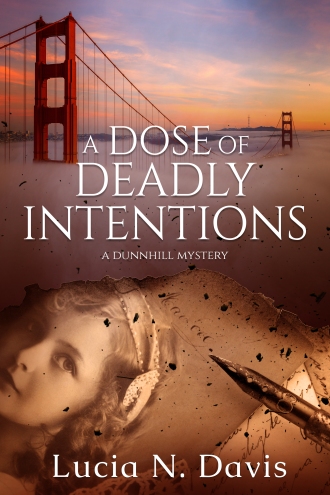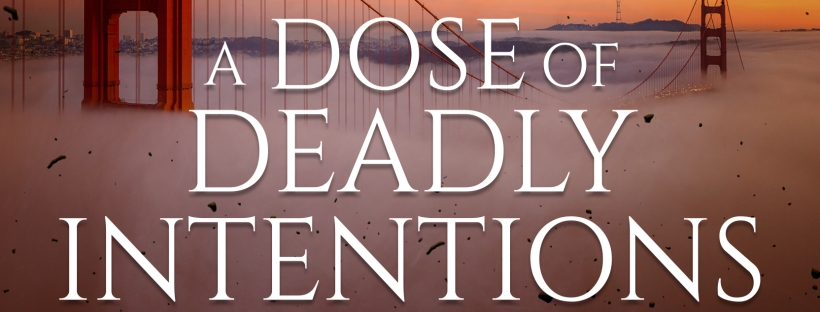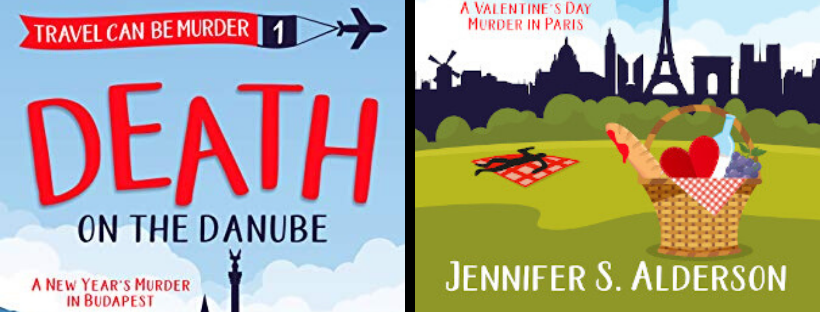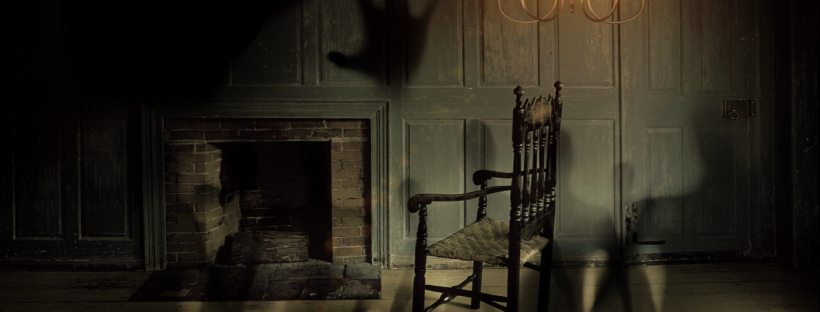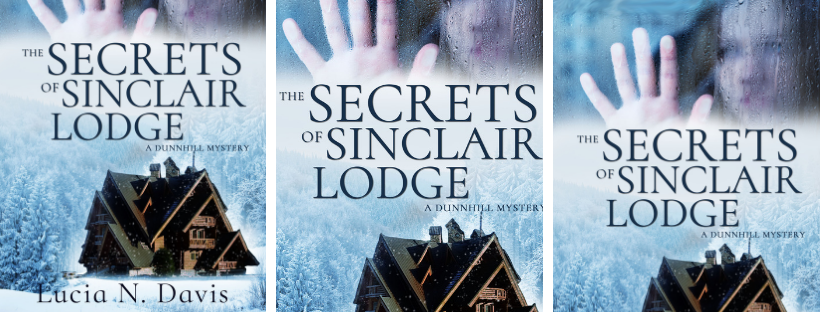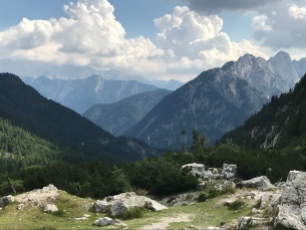This month, I am thrilled to post a guest blog written by my friend Jennifer S. Alderson, because she has a NEW series out! Do you like traveling and mystery? Look no further and read on!
For most of 2019, I kept a secret from pretty much everyone I know – including my family! Looking back, I don’t know why I was afraid to tell people that I was writing a new series of books that are lighter and funnier than my current ones.
The novels in my Zelda Richardson Mystery series are plot-heavy, art thrillers. I do love to write them, but wanted to create a second, character-driven series within the framework of a whodunit-style mystery. Because I love to travel, a cozy mystery series based around a tour guide turned amateur sleuth was ideal! Deciding on the series name – Travel Can Be Murder Cozy Mysteries – was surprisingly easy once I knew tour groups would feature in each story.
Making travel a central part of the series meant that the stories would be set in several locations, not just in one small town. I wanted to write about cities I had personally visited, in order to better describe them. Because I don’t want these novels to turn into travelogues, the confrontations, eavesdropping, and sleuthing take place during the group’s day tours, so readers get a mystery and trip in one.
Deciding on where Lana’s group will visit is quite challenging, but also part of the fun of writing the series. It gives me a chance to revisit my old photos, maps, and journals, as well as scan recent travel blogs, in search of the perfect tie-in to a setting.
To give myself and readers another point of reference, each story is set during a different holiday. Death on the Danube, the first book in the series, takes place in Budapest during New Year’s Eve. Because the city is famous for its fireworks shows and winter markets, I thought this would be a wonderful setting and holiday theme to start the series off with.
I wanted to give Book Two, Death by Baguette, a Valentine-theme, so Paris was the obvious choice or the location. Since the third book – Death by Windmill – has a Mother’s Day theme, I figured Amsterdam, the flower capital of the world, would be a good setting.
Whenever possible, the murder and storyline are related to the holiday theme. For example, in Death by Baguette, Lana is accused of murdering her boyfriend. In Death by Windmill, Lana’s mother is the prime suspect. I currently have nine books planned, though they are so much fun to write, I may extend the series!
For those who love my art mysteries – never fear. Book Four in the Zelda Richardson Mystery series will be out in April 2020. As for the Travel Can Be Murder Cozy Mystery series, Death on the Danube and Death by Baguette are available now, and Death by Windmill will be out in May 2020. Book Four will take readers to Edinburgh for a summer murder mystery. For now, I’m going to keep the title and cover a secret. You will have to check back in May to find out more!
ABOUT THE AUTHOR
Jennifer S. Alderson was born in San Francisco, raised in Seattle, and currently lives in Amsterdam. Her love of travel, art, and culture inspires her award-winning mystery series—the Zelda Richardson Mysteries and Travel Can Be Murder Cozy Mysteries—and standalone stories.
After traveling extensively around Asia, Oceania, and Central America, she moved to Darwin, Australia, before settling in the Netherlands. Her background in journalism, multimedia development,and art history enriches her novels. When not writing, she can be found in a museum, biking around Amsterdam, or enjoying a coffee along the canal while planning her next research trip.
Website: http://www.jennifersalderson.com
Facebook: http://www.facebook.com/jenniferSAldersonauthor
Twitter: http://www.twitter.com/JSAauthor
Goodreads: https://www.goodreads.com/JenniferSAlderson
BookBub: https://www.bookbub.com/authors/jennifer-s-alderson
Death by Baguette: A Valentine’s Day Murder in Paris
Book Two of the Travel Can Be Murder Mystery Series
By Jennifer S. Alderson
Paris—the city of love, lights … and murder? Join tour guide Lana Hansen as she escorts five couples on an unforgettable Valentine-themed vacation to France! Unfortunately it will be the last trip for one passenger…
Lana Hansen’s future is looking bright. She has money in her bank account, a babysitter for her cat, and even a boyfriend. Regrettably she won’t get to celebrate Valentine’s Day with her new beau, Chad. Instead, she will be leading a lovers-only tour in France. Luckily for Lana, her best friend, Willow, and her partner, Jane, will be joining her.
Things go downhill when Lana’s new boyfriend shows up in Paris for her tour—with his wife. Chad is not the website developer he claimed to be, but a famous restaurant critic whose love of women rivals his passion for food.
After Chad drops dead during a picnic under the Eiffel Tower, a persistent French detective becomes convinced that he was poisoned. And the inspector’s sights are set on several members of the tour—including Lana!
While escorting her group through the cobblestone streets of Montmartre, the grand gardens of Versailles, and the historic Marché des Enfants Rouges market, Lana must figure out who really killed Chad before she has to say bonjour to prison and adieu to her freedom.
The Travel Can Be Murder Cozy Mysteries are heartwarming stories about making friends, traveling, and celebrating new experiences. Join Lana as she leads tourists and readers to fascinating cities around the globe on intriguing adventures that, unfortunately for Lana, often turn deadly.
eBook (also in Kindle Unlimited) http://getbook.at/DeathbyBaguette
Paperback https://www.amazon.com/gp/product/B0849YJD9Y/
